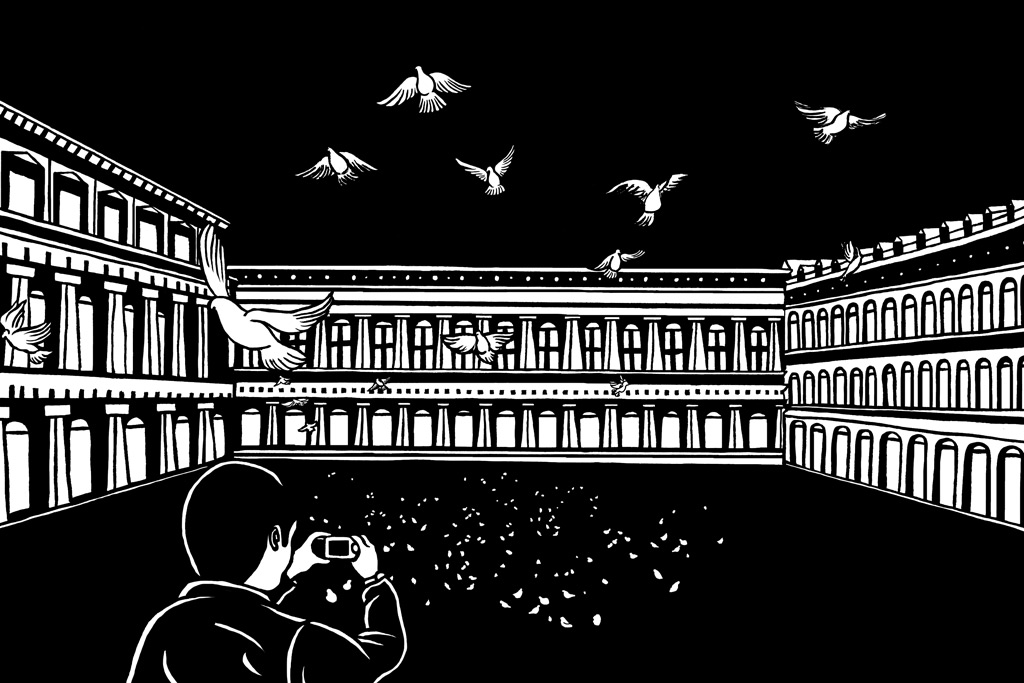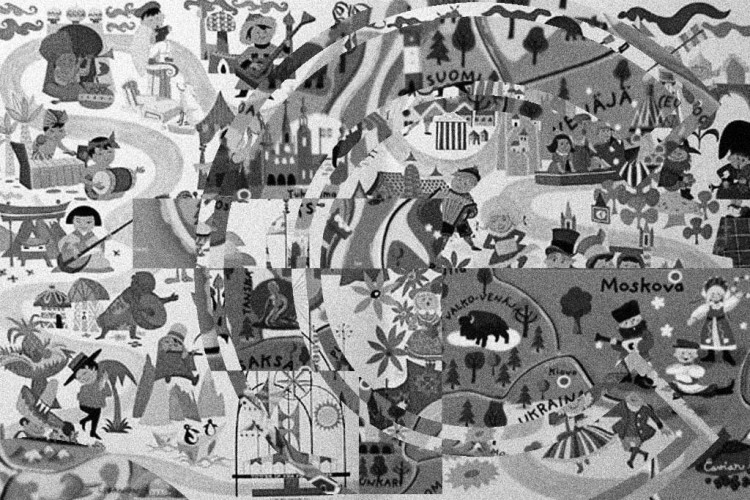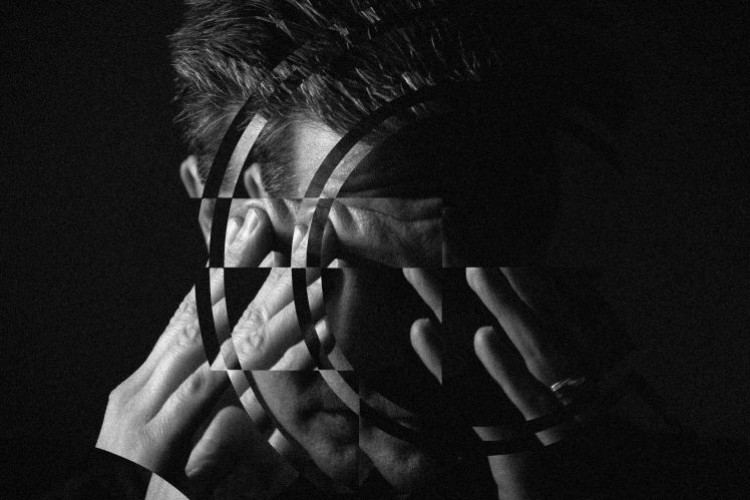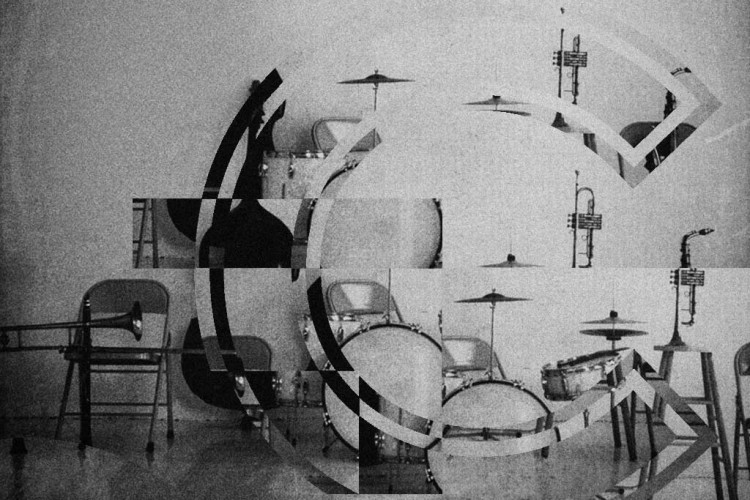
In order to convert the language of experience into memory, let us begin with the tool of translation. In this essay, I choose to work with the “image,” which I will break down into two general types. The first is the image of a city, country or culture that we paint – with the help of our biases or romanticized expectations – in our minds. The second one is the photographic image of a city, country or culture that we compose with our cameras (though here, too, we are equally vulnerable to the impact of our biases). With regard to travelling, both types are connected to each other, but since the latter “image” is a tangible product, it would make a more concrete topic of discussion.
“By any standards other than Icelandic ones, Reykjavik is still a quaint and quiet place, as silent as a photograph,” wrote the notable literary nomad, Pico Iyer. It is an eerily beautiful sentence, but the last part – as silent as a photograph – is a far too literal take on the nature of a photographic image. The phrase “A picture is worth a thousand words” is admittedly a popular cliche, but there is an important truth in it, and we must not overlook it. It suggests that pictures – or in this case, photographs – are effective narrative tools. They convey the photographer’s stories, and the stories of foreign travels that have found a home in photographs make the medium all the more alluring.
In the context of travelling, a photograph assumes two important roles. One, it is an attractive storytelling tool. But a photo’s transition from being a record into a story only becomes apparent in retrospect. After a journey, the photo is a souvenir, a kind of personal trophy. But to see it as a lifeless object that merely functions as evidence of our travels misses the point of photographs: they are the breadcrumbs that lead us to our past adventures. Regardless of our picture-taking skills, photographs are extremely personal, perhaps even private. The photos we take reveal our perspectives – not only the angles from which we shoot, but also the figurative viewpoints we have formed in our minds. A photograph is a souvenir of our own creation unlike the sort we purchase in one of the small shops scattered all over major tourist destinations. In short, the primary role of the photograph is essentially for nostalgic or reflective purposes.
The second, though no less crucial role of a photograph, lies in the immediateness of its creation. We process the mysteriousness of new surroundings by collecting as many details as possible. “The best way to keep your subconscious from getting overburdened is to take pictures,” suggested Joseph Brodsky in his essay “A Place as Good as Any.” Taking pictures allow us to store new information before its sheer abundance overwhelms us. Nowadays, photo-sharing platforms – especially Instagram – grant us the ability to take this process of unburdening a step further.
Instead of simply accumulating pictures, we also have the option of sharing our sense of wonder with our “followers.” Is it wrong to share our burdens? Maybe. But once our pictures have joined the endless newsfeed of our social media accounts, they will be appreciated in different ways. Some might praise them purely for their aesthetic components, while others might like them for the very fact that they exhibit other parts of the world.
But Instagram and its variants also have their drawbacks. First of all, the “instant factor” does not leave much room for elaboration. Because what we share is something that we ourselves do not fully understand, there is no doubt that those who see the pictures will be left with an unresolved curiosity. We must also take into account the very limits of what we can show. Photography is, after all, an art that is heavily dependent on the photographer’s selection process. What is interesting and worth photographing for one person might not be as appealing for others, meaning that there are lots of things left untouched by the piercing gaze of the lens. Incomplete representations, or even complete misrepresentations, of a certain place can affect others’ expectations of a particular place. Obviously, we cannot control what others think of our pictures, and the legendary Henri Cartier Bresson made a fantastic point by stating the following decades before the era of Instagram: “When dropping a stone into a well, one never knows what the echo will be; when you send a photograph into circulation, it is out of your hands.”
At the end of the day, photographs are our personal connections to places we do not call home – even if the clamour of various social media outlets often makes us forget that. They maintain our loyalty to our past when our recollections begin to betray us. As someone who finds pleasure in taking pictures at home or abroad, I have also felt how well it converts my experiences into treasurable memories. But perhaps the most wonderful trait of photographs is how much they can show us – that is, if we let them. “Our need for joy and good will, and our savageness too, are manifested through minute and infinitely numerous details,” said Cartier-Bresson. And I believe him. I believe that photographs can help us see all the differences and similarities of humanity, and how beautifully they fit in one frame.











